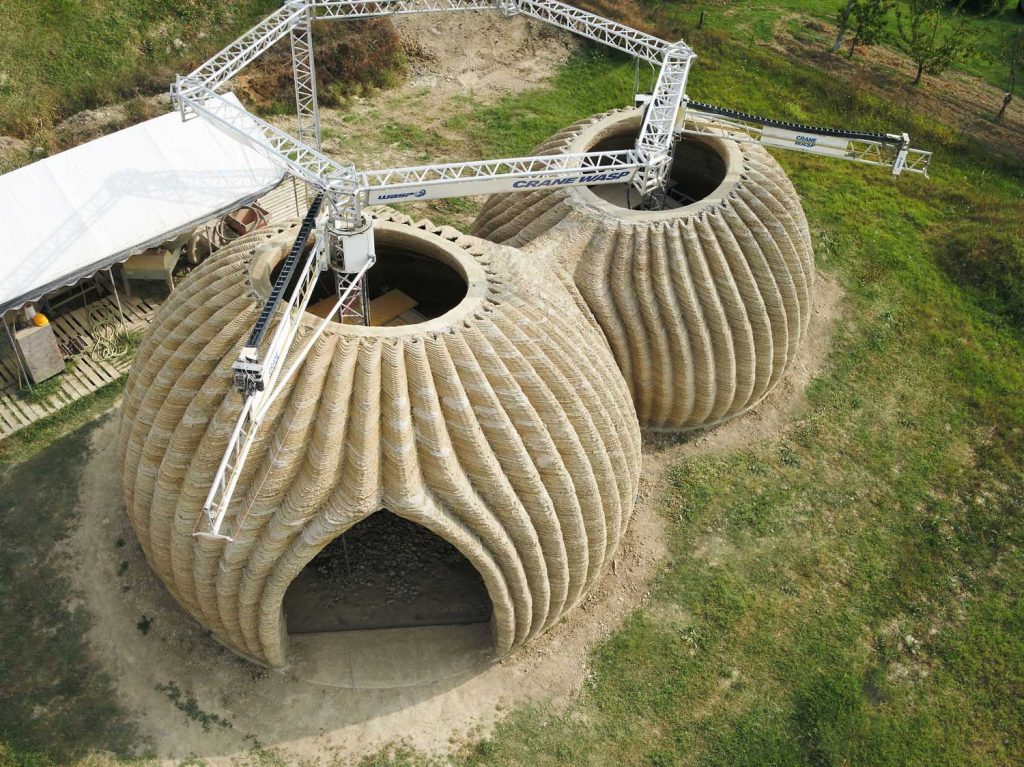Title: Threads
Author: Bill Ralph
Link: https://billralph.com/threads/
Bill Ralph is a mathematician, artist and professor at Brock University in Canada. He is interested in the intersection of math and art, as his pieces are made entirely from mathematical scripts and formulas transformed into computer code. He creates his artworks using a loop and randomizing system, which can continuously auto generate variations of his pieces within minutes. He is greatly influenced and inspired by the works of Leonardo da Vinci, such as Vitruvian Man, Mona Lisa and the Last Supper. They both share the belief that there is no art without mathematical logic. I believe his work and approach have a lot of future potential in terms of AI generated art. If any imagery can be translated into a mathematical algorithm and be manipulatable by simply changing parameters, an unlimited amount of artwork and its variations can be generated within seconds. I am a huge fan of his pieces because at first they look creative, abstract and random without any logic at all. I could not tell that there is an entire mathematical system behind each piece. The viewer would assume that he is a typical abstract artist and will draw in an uncontrolled, fluid motion. However it is actually quite the opposite, he strategically knows exactly what shapes he’ll create and the exact position of them.

![[OLD SEMESTER] 15-104 • Introduction to Computing for Creative Practice](https://courses.ideate.cmu.edu/15-104/f2022/wp-content/uploads/2023/09/stop-banner.png)



